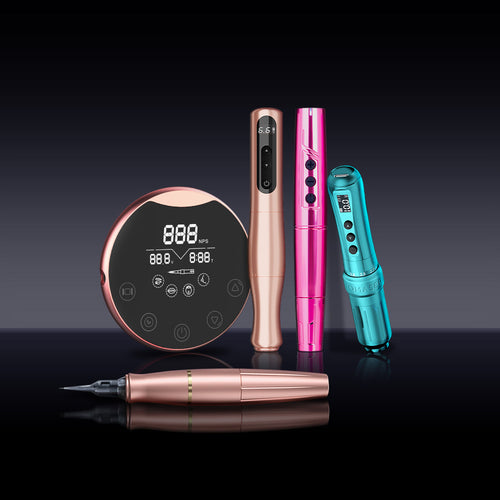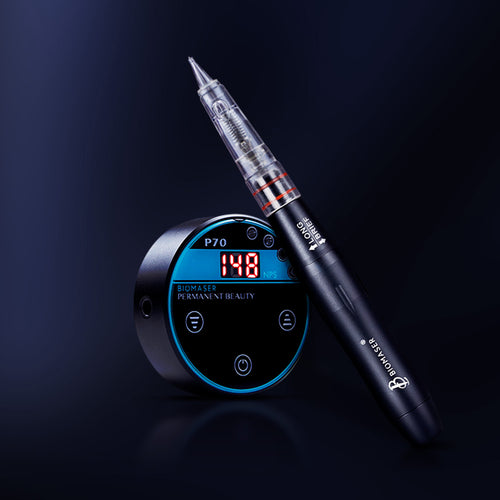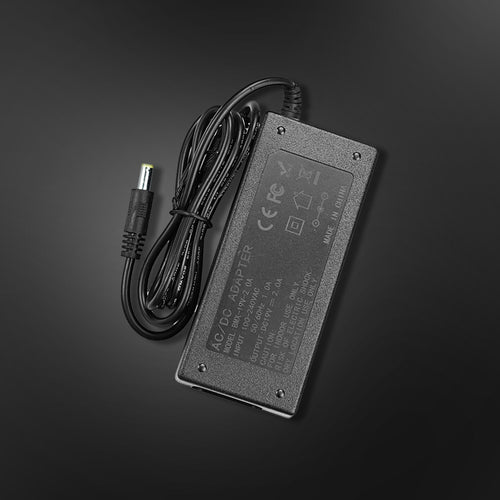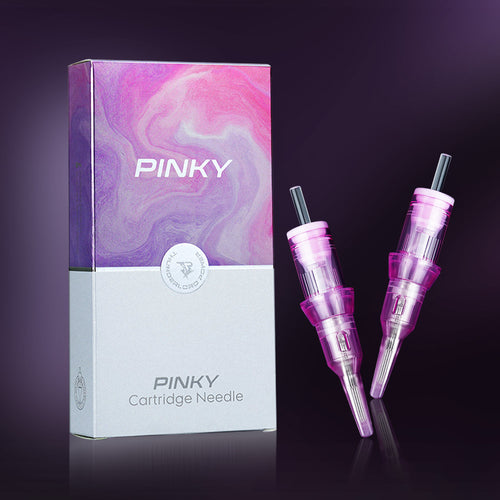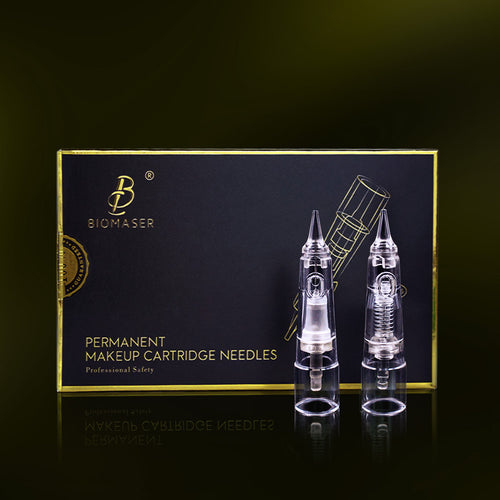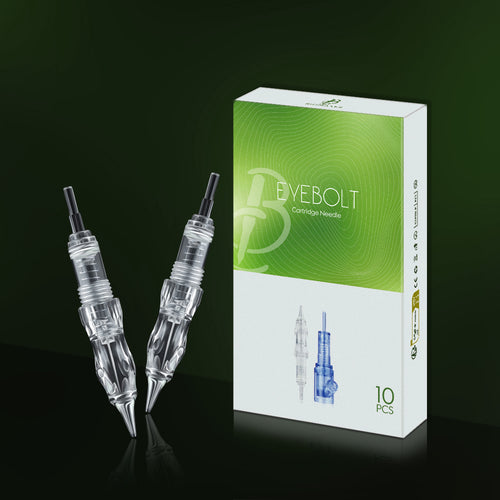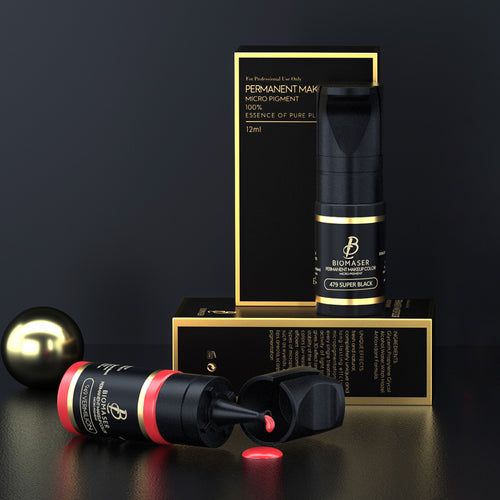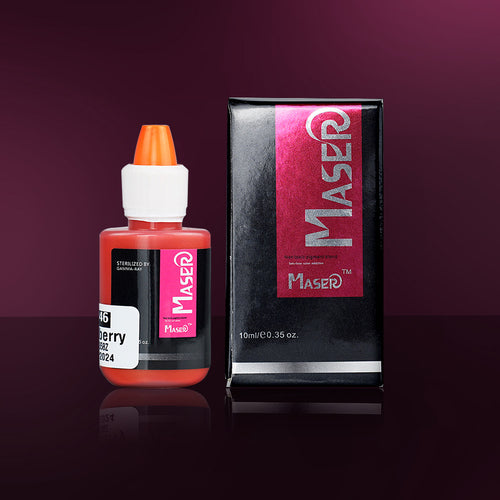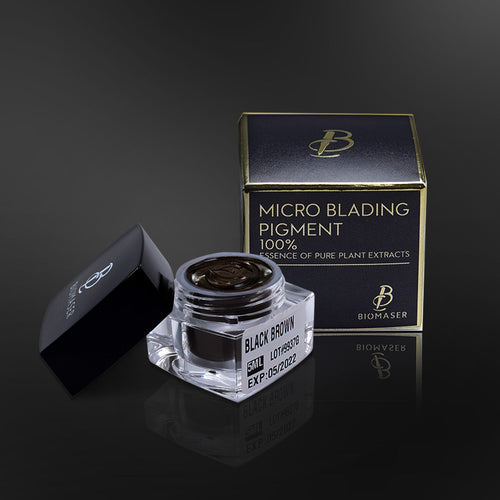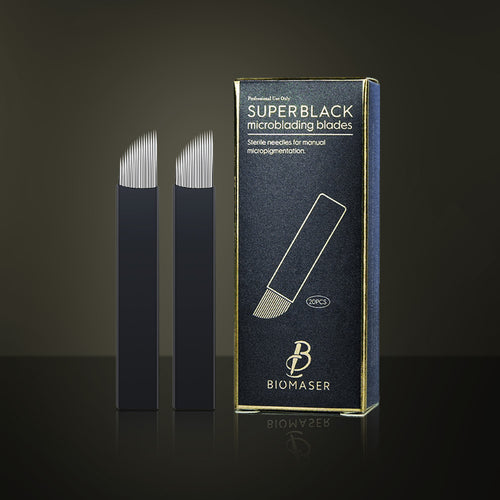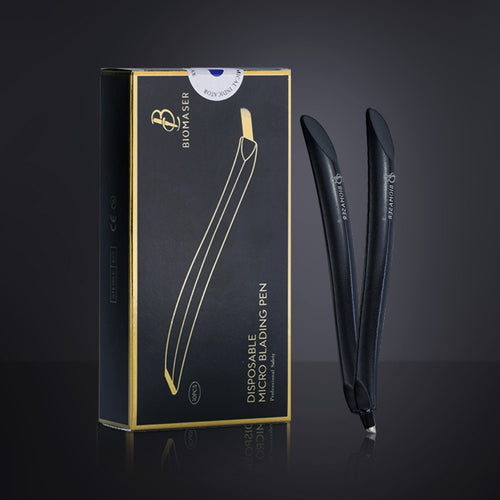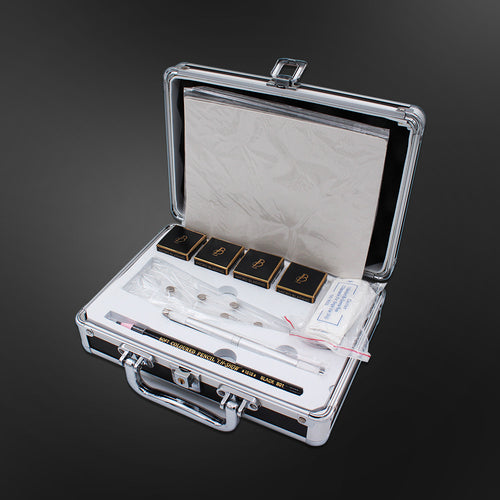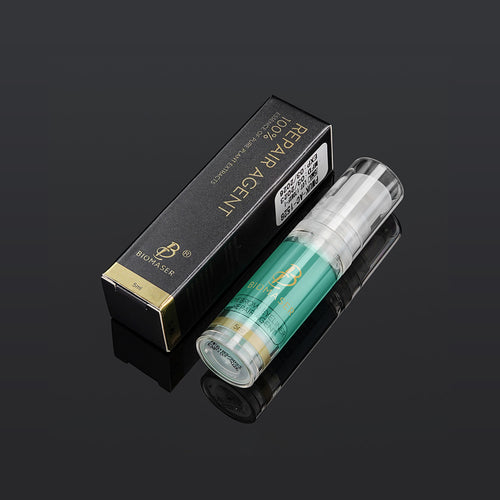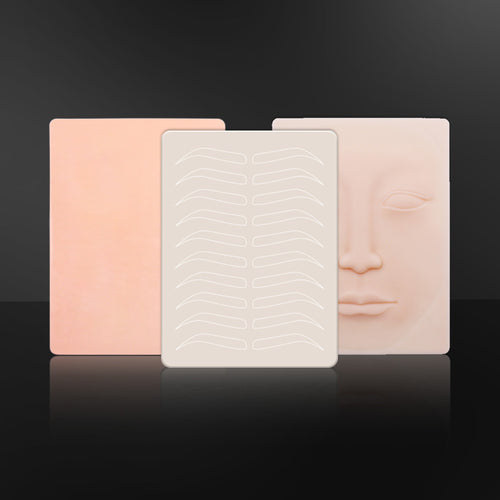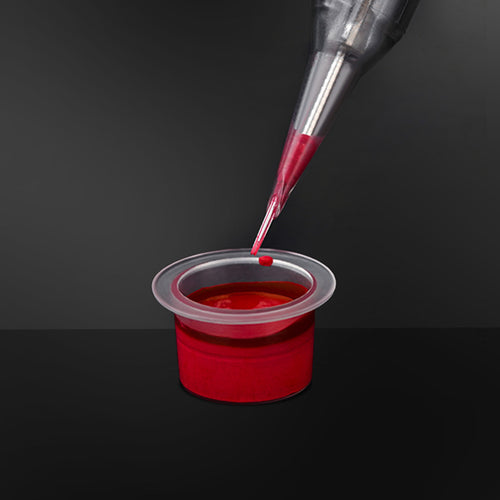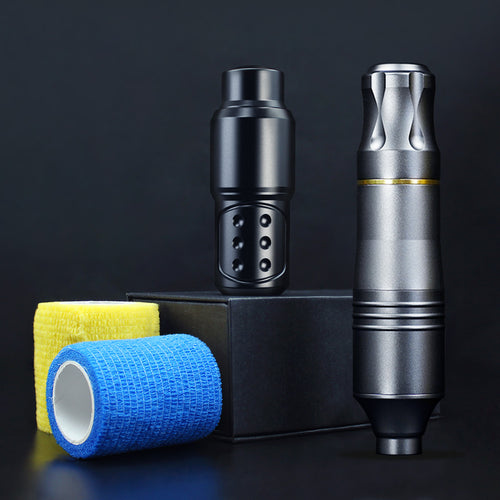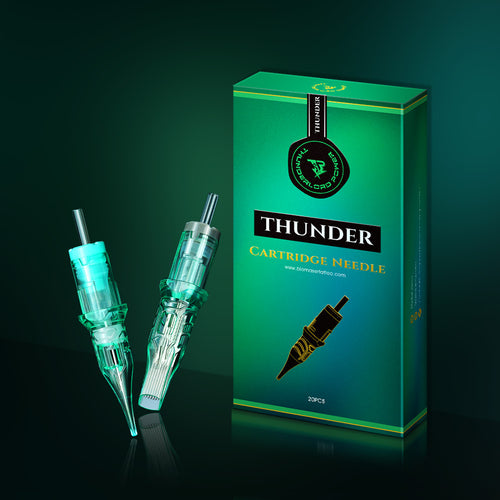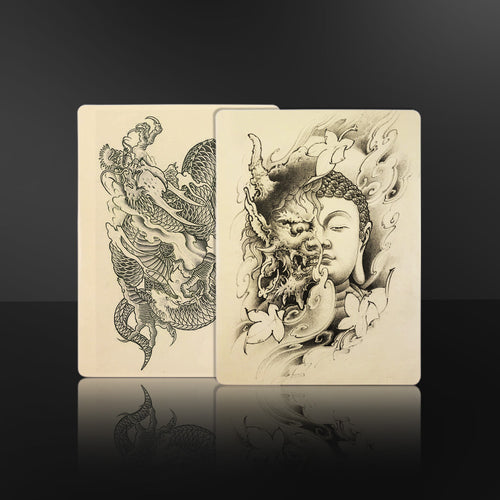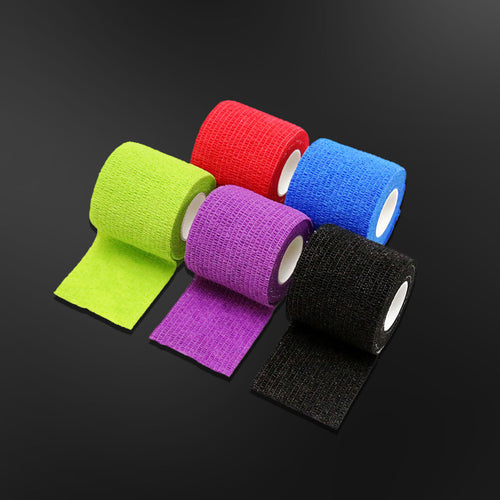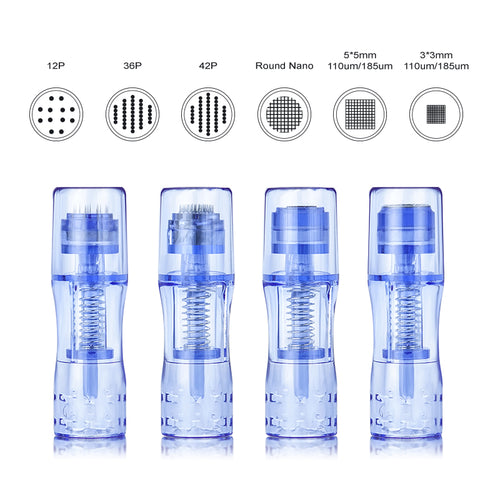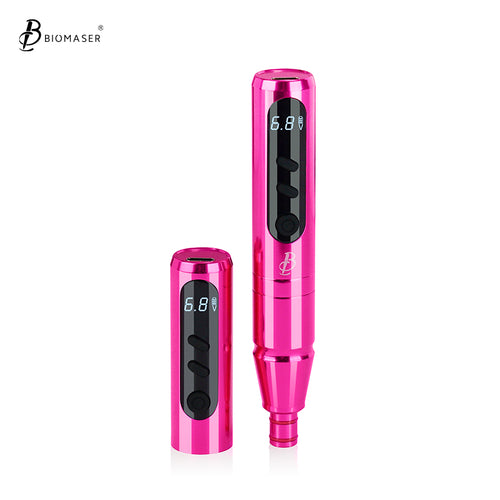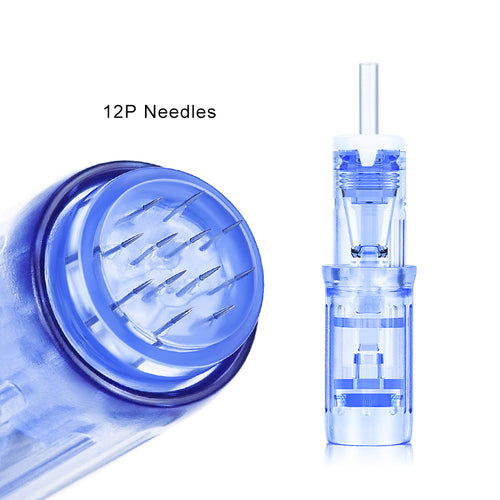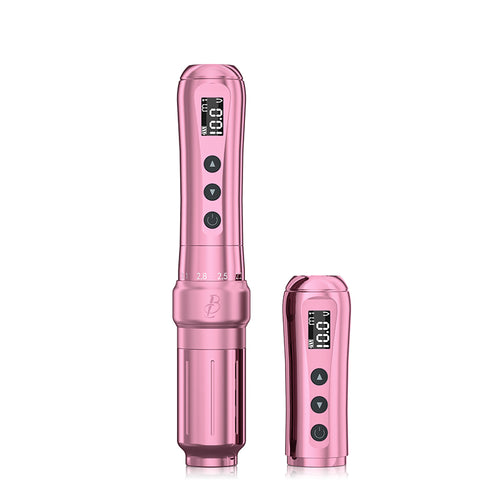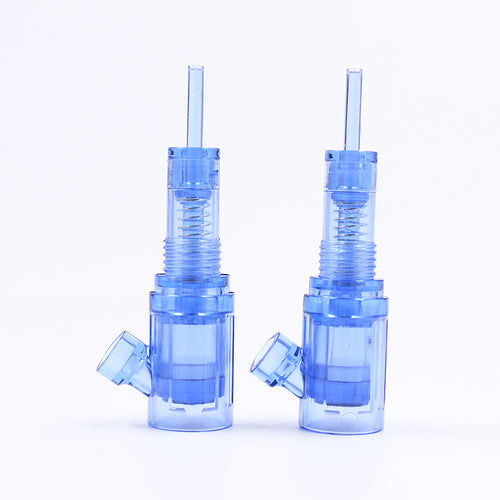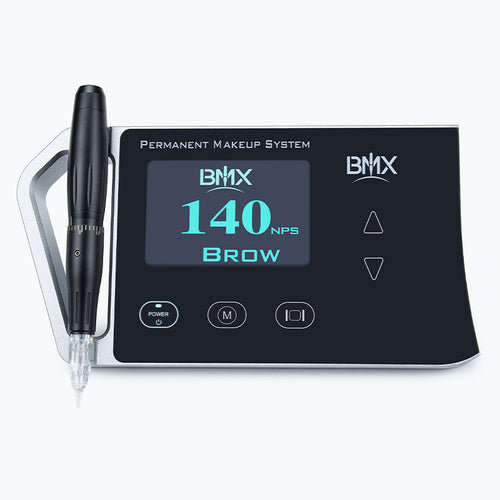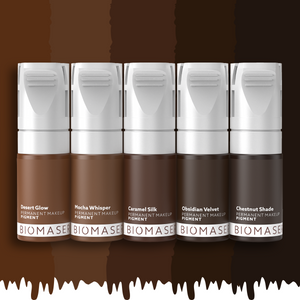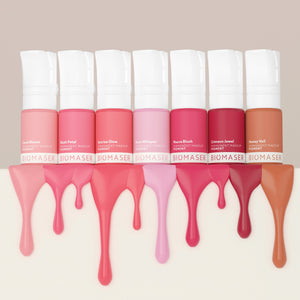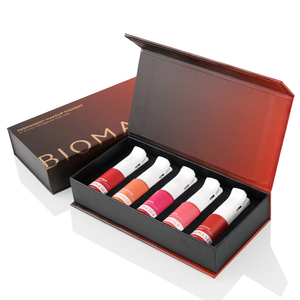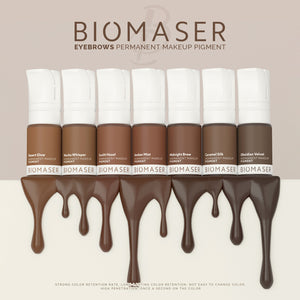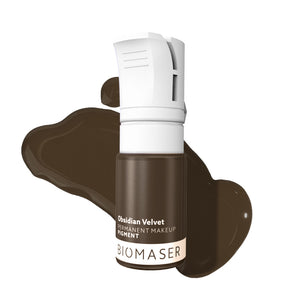What Color Tattoo Ink to Avoid?
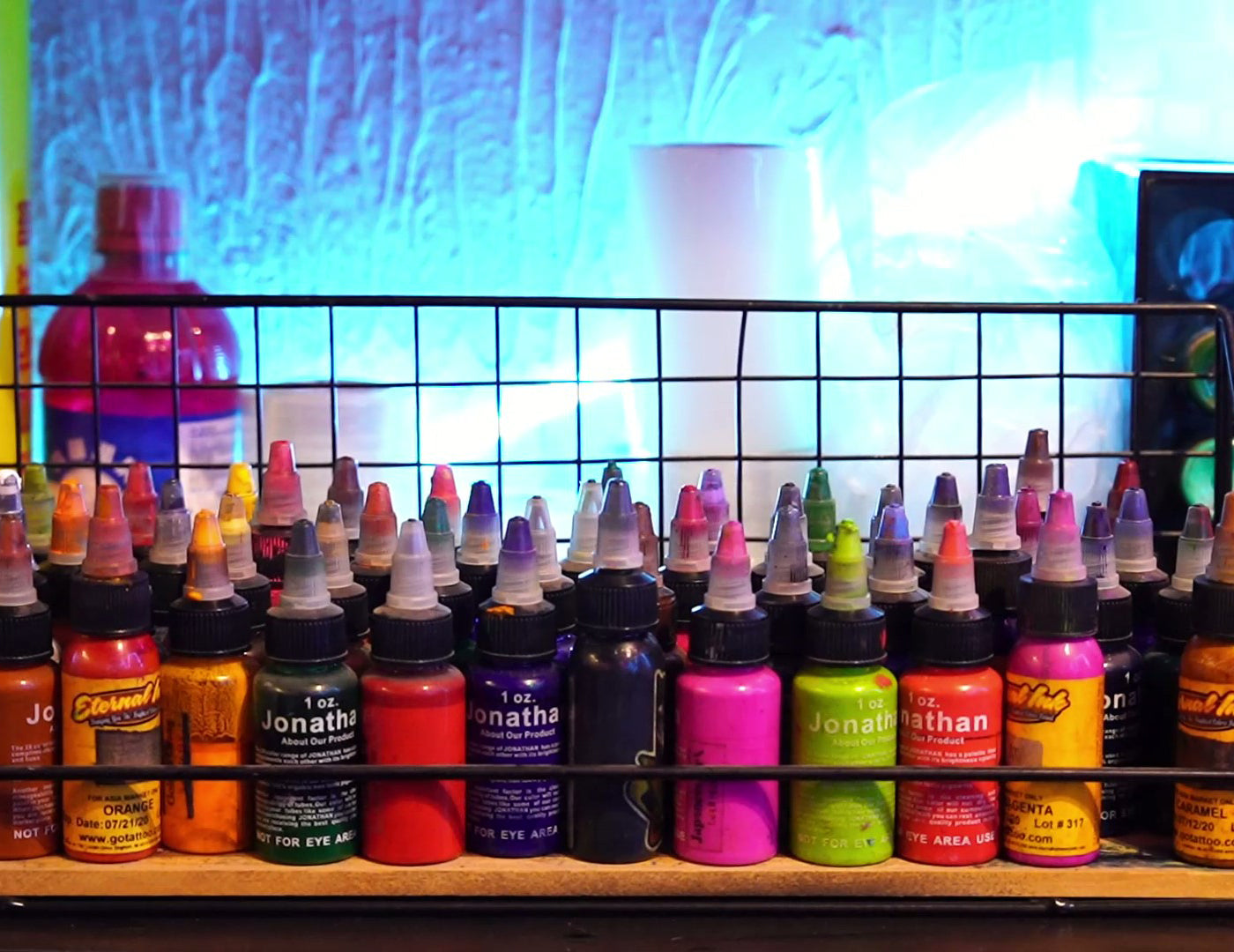
With the allure of rich hues and intricate designs, colorful tattoos have captivated the hearts of many ink enthusiasts. Yet, not all that glitters is gold in the world of tattoo artistry; certain colors can become a source of regret if chosen unwisely. This blog post will walk you through the vibrant history of tattoo ink, discuss what goes into the colors that adorn your skin, and delve into why some ink choices might need more consideration than others.
The Origin and Evolution of Color Tattoos
The evolution of tattoo inks, particularly colored ink, is a tale of innovation, cultural exchange, and scientific advancement. Originally, tattoos were crafted with natural pigments from the earth-charcoal, ochre, and other mineral-based compounds. These rudimentary inks served well for the stark blacks and subtle reds commonly found in ancient body art. As our ancestors traveled and traded, so too did their techniques and materials. The advent of modern chemistry brought new possibilities. Synthetic pigments expanded the palette to a virtually limitless array of colors.
Why Choose the Right Tattoo Colors Matters
Skin Tone Compatibility
Like choosing clothing or makeup, tattoo colors should complement your natural skin tone. While darker skin tones might absorb and diminish the vibrancy of lighter shades, such as pastels or yellows, they can make bold and opaque colors stand out beautifully.
Fading Over Time
Not all ink colors age the same way. Lighter colors like pastel tones, light pinks, and baby blues may fade quickly. Bright oranges and purples can sometimes turn into softer versions of their original hue. Deeper colors such as navy blue, dark green, black, and gray tend to maintain their richness over many years. You can find more information about mastering the use of gray tattoo ink on our other blog.
Allergic Reactions and Sensitivity
Your skin's reaction to tattoo ink can vary. Inks with high levels of heavy metals can potentially lead to poisoning, although this is rare. Reds can cause reactions because some red inks contain mercury sulfide. Yellows and greens might have ingredients that irritate sensitive skin, such as cadmium or chromium. Always do a patch test or discuss ink choices with your tattoo artist if you're concerned about how your skin might react.
What Is Tattoo Ink: Pigments and Carriers
Tattoo ink consists of pigments for color and carriers for safe delivery into the skin. The quality of these components plays a significant role in how the tattoo will heal and withstand the test of time.
Common Tattoo Pigment Colors
At the core of tattoo ink is the pigment. Here's a look at some common tattoo ink colors and what typically goes into making them:
- Black: Popular for its crispness and lasting quality, this ink is made from carbon or iron oxide and is ideal for outlines and solid fills.
- Blue and Green: Rich in copper salts and oxides, these hues range from light sky blue to deep forest green.
- Reds: Once commonly made with mercury sulfide, red tatton inks now often use organic pigments for a bright, safer color.
- Yellows: Made with cadmium compounds, these vibrant shades are eye-catching but may react under sunlight.
- Whites: Composed mainly of titanium dioxide, white ink is great for highlights or mixed for lighter tones.
Biomaser Lips Pigment Collection
Carriers of Tattoo Color Ink
Each pigment is then mixed with a carrier solution, ensuring the color is distributed evenly without clumping and that the ink application is smooth. Common carriers include:
- Water: Acts as a solvent and is usually purified to prevent contamination.
- Glycerin: Helps with consistency and has a moisturizing effect, which can aid in the healing process.
- Alcohol: Works as both a sterilizer and a solvent, ensuring the pigment mixes well with the carrier.
Colors of Tattoo Ink to Avoid
Now based on the above knowledge of tattoo ink, it's time to answer the question - What colors of tattoo ink should you avoid? Here are a few general guidelines that many artists and clients follow based on health concerns, longevity, and aesthetic outcomes:
1. Reds with Mercury
Historically, some red inks contained mercury, but these are increasingly rare due to the risk of allergic reactions and other health concerns. Asking your tattoo artist about the ink components will help.
2. Yellows and Greens with Cadmium
Yellows and bright greens often contain cadmium, which can cause skin irritation and has been associated with other health risks. They also tend to fade or change color over time when exposed to sunlight.
3. Glow-in-the-Dark or UV-Reactive Inks
These inks can be appealing for their unique properties, but they may contain chemicals that haven't been thoroughly tested for safety in long-term human use.
4. Cheap or Low-Quality Inks
In general, it's best to avoid lower-quality inks that may not have been subject to rigorous safety testing. Such inks can lead to poor healing, increased fading, and more significant health risks.
5. Inks with Heavy Metals
Some tattoo inks contain heavy metals like nickel, chromium, manganese, or cobalt, which can lead to skin sensitivities and allergic reactions. Always check with your artist about the components of ink.
6. Colors That Don't Suit Your Skin Tone
Aesthetically speaking, certain colors may not show up well on darker skin tones and can result in a muddied appearance.
What Should I Do if I Choose the Wrong Color of Ink?
If you've ended up with a tattoo that has a problematic ink color-whether it's due to an allergic reaction, poor healing, or simply aesthetic dissatisfaction-there are several steps you can take:
- Revisit Your Artist: Go back to the tattooist for an evaluation. A minor touch-up could fix color issues.
- Medical Consultation: If you have signs of an allergic reaction, consult a healthcare provider promptly. You may need medication like creams or antihistamines.
- Laser Removal: For removal, seek a certified professional for laser treatments. It's effective but takes time and can be expensive.
- Get a Cover-Up: Consider getting a cover-up tattoo. An experienced tattoo artist can create a design that cleverly disguises the old ink.
- Fading Options: Some topical treatments claim to fade tattoos. Research their effectiveness and safety before use, and ideally discuss with a dermatologist.
- Patience Is Key: Tattoos often look different while healing. Wait until the healing process is complete to judge the final appearance.
Explore Your Safe Tattoo Ink Options
Selecting tattoo colors is not merely a step in the aesthetic journey but a significant health consideration. Your choices can impact the longevity, safety, and overall success of your body art. Take the time to understand the nuances of tattoo ink, the expertise of seasoned artists, and your own skin's needs. And above all, prioritize your well-being alongside your artistic vision.
